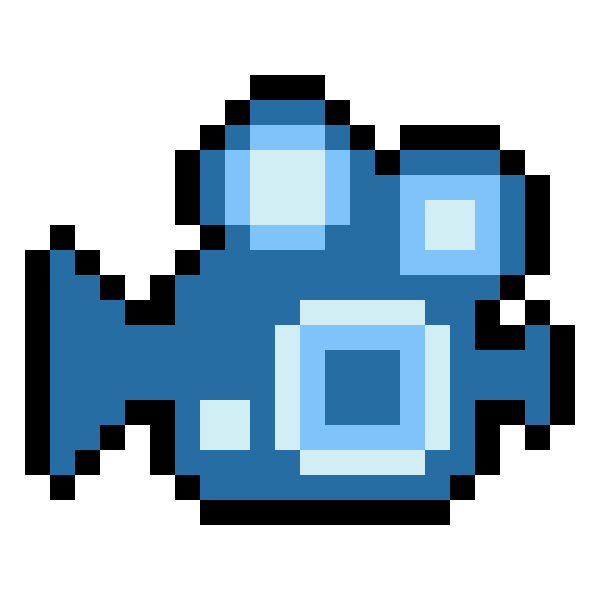843 reads
Learn Python in 8 Weeks: The 80/20 Learning Plan with Videos, Articles, and Practice Exercises
by
March 14th, 2024
Audio Presented by

Developer & PhD Researcher in AI · 18+ Years in Web, Data & Growth · Helping Developers Work Smarter with AI
Story's Credibility



About Author
Developer & PhD Researcher in AI · 18+ Years in Web, Data & Growth · Helping Developers Work Smarter with AI